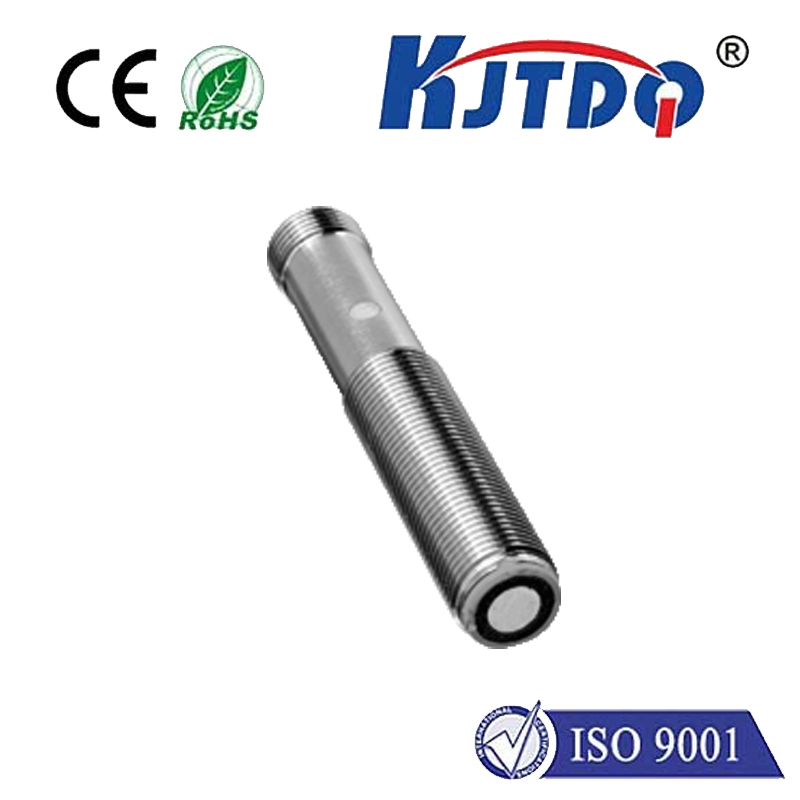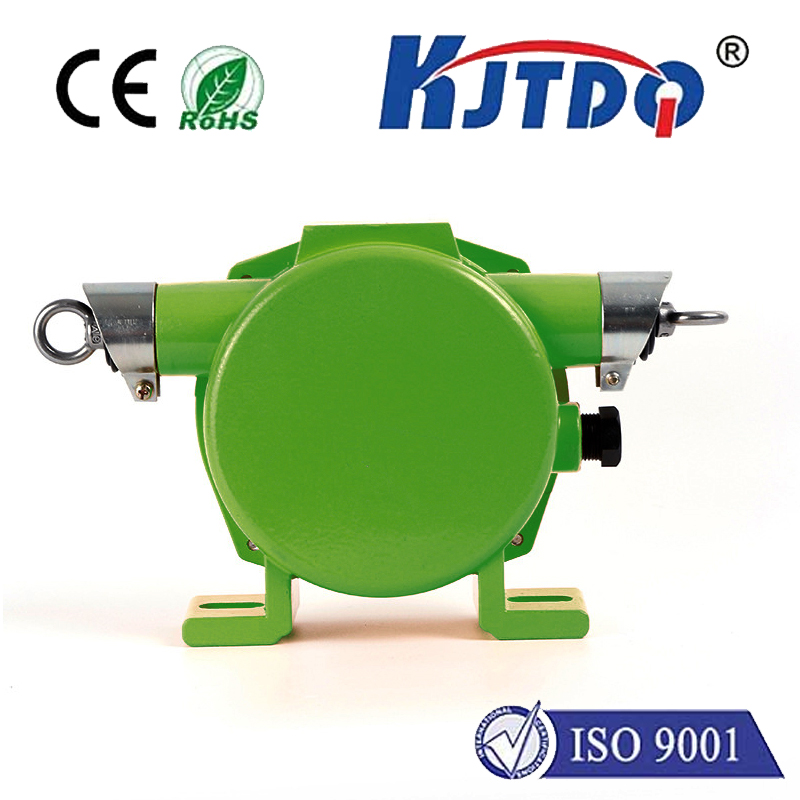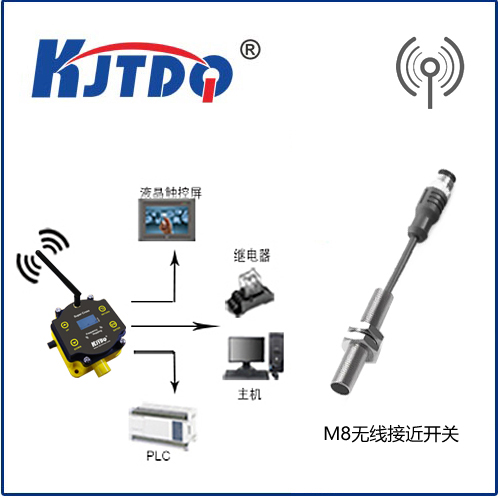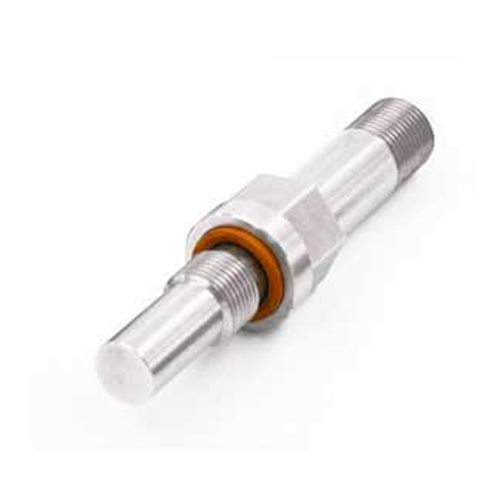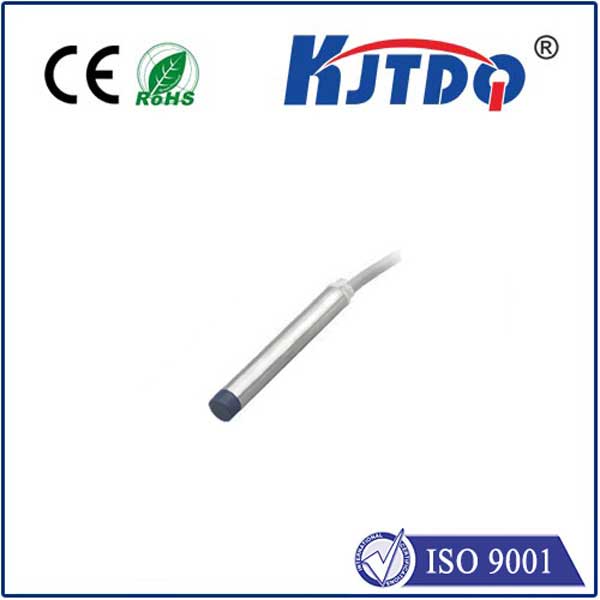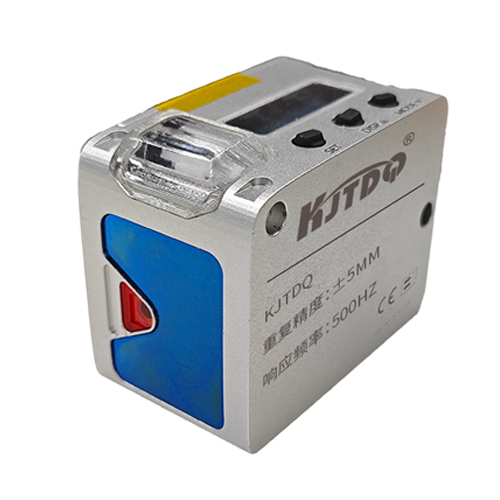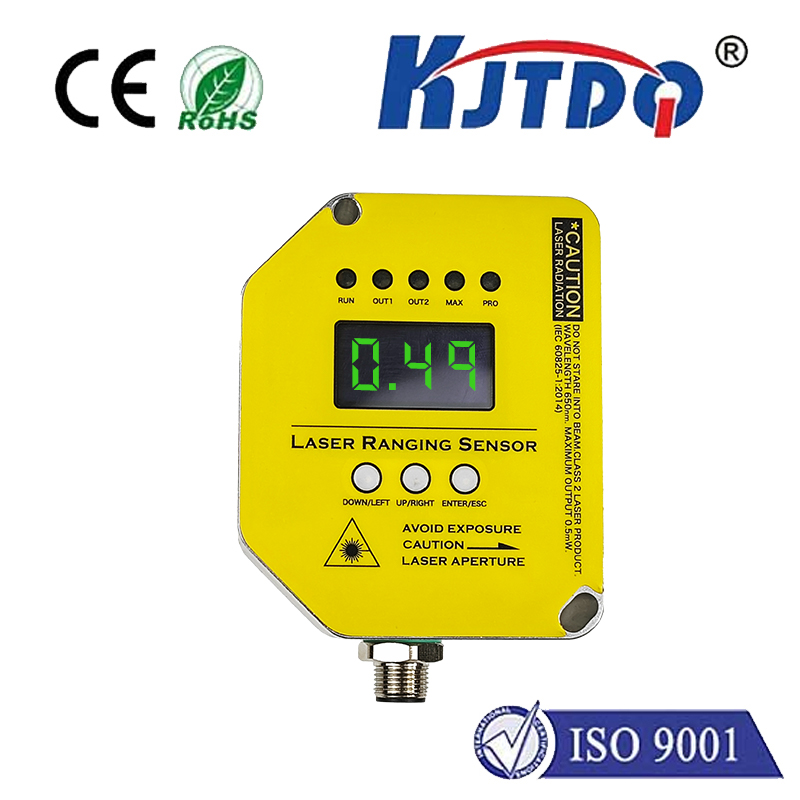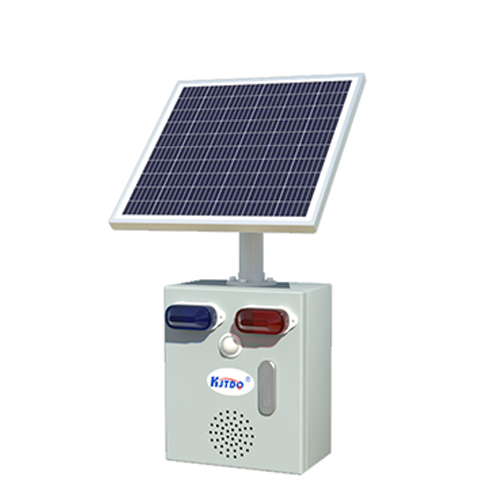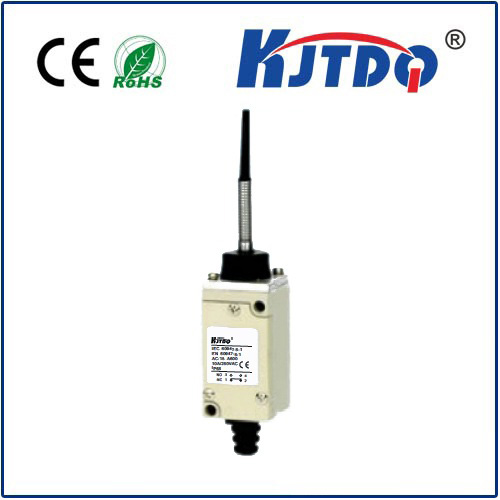

check

check

check

check
Imagine a critical piece of machinery operating flawlessly, automatically stopping exactly where it should, preventing damage, ensuring safety, and optimizing performance. What makes such precise control possible? Often, it’s a humble yet indispensable hero: the 110v limit switch. Operating silently behind the scenes, this electrical workhorse is fundamental in countless industrial, commercial, and even some residential applications where reliable position detection and control using common North American power voltages are paramount.
At its core, a limit switch is an electromechanical device designed to detect the presence or absence of an object or to monitor the position of a moving part. It achieves this through a physical actuator arm or plunger. When this actuator is moved by contact with the target object or machine element, it triggers internal contacts to change state – typically opening or closing an electrical circuit. The “110v” designation is crucial, indicating it’s engineered to operate reliably within the voltage range commonly found in standard North American AC power systems. This makes it compatible with a vast array of equipment without requiring specialized transformers for the switch itself.
How does a 110v limit switch actually function? Think of it as a highly reliable sentry. The actuator (like a lever arm, roller, or plunger) is positioned in the path of a moving object or machine component. As that component reaches its predetermined limit, it physically moves the actuator. This mechanical movement directly drives the internal switching mechanism, causing internal electrical contacts to snap open (Normally Closed - NC) or snap closed (Normally Open - NO). This state change instantly sends an electrical signal – a 110v signal in this case – to the machine’s control system (like a PLC or relay).

This signal is the key to its power. It tells the control system:
Why is the 110v rating so significant? Voltage compatibility is non-negotiable for seamless and safe integration. Using a switch rated below the circuit voltage risks catastrophic failure, arcing, fire, and compromised safety. Conversely, significantly over-rating adds unnecessary cost and bulk. The 110v AC rating makes these switches:
The versatility of 110v limit switches is reflected in their diverse designs:
Applications for 110v limit switches are vast and critical:
Selecting and installing the right 110v limit switch requires careful consideration: Matching the actuator type and force requirement to the application is paramount. Will it be a light touch detection or a heavy lever impact? Environmental factors are equally critical: Choose adequate Ingress Protection (IP) ratings for dust, moisture, oils, or washdown environments. Specify robust enclosures (metal or high-grade plastic) based on impact risk and chemical exposure. Electrical specifications matter: Ensure the switch’s current and voltage ratings comfortably exceed the circuit’s demands, particularly considering inductive loads like motors which cause inrush currents. UL/cUL listing is essential for safety compliance in North America. Precise mounting and actuator alignment are non-negotiable for reliable and consistent operation. Routine inspection and testing for physical damage, smooth actuator movement, and electrical contact integrity are vital for long-term safety and performance.
In essence, the 110v limit switch is far more than just a simple on/off device. It’s a fundamental component bridging the physical world of moving parts with the electrical world of control systems. Its ability to trigger critical actions reliably at a ubiquitous voltage level makes it an indispensable tool for engineers and technicians. It provides the essential feedback that ensures machines operate within safe boundaries, processes run efficiently, and equipment longevity is preserved. Whether it’s preventing a motor from over-traveling or confirming a safety gate is secure, the 110v limit switch delivers robust, voltage-compatible sensing for precise, safe, and automated control.
